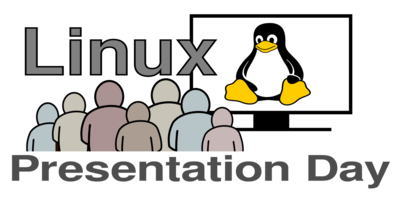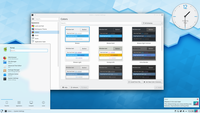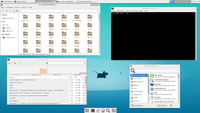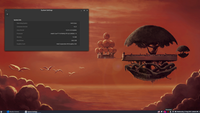Linux
In contrast to other operating systems, Linux is not developed by a company. Instead many people around the world contribute to it. Since the day of its first publication in the 90s, Linux was intended to inspire people to participate.
Once installed, Linux already contains all the software for the daily needs - surfing the web, watch videos, read emails, write letters or create presentations.
Even modern gaming is not that big of a hassle anymore (thanks to Steam).
Owners of older computers may find new delight using Linux. You will immediately recognize how much faster Linux runs.
Sexy
Linux has many faces and is really appealing.
“Gnome”, “KDE”, “Cinnemon” and “XFCE” are probably the most used desktop environments. Each is individually adaptable and actually pretty sexy since many years.
Each distribution highlights this differently - be it focus on efficiency, performance or ease of use.
The many free open source applications complete the picture.
Gnome
KDE - Plasma
XFCE
Cinnamon
Distributions
Linux is not owned by a company and therefor does not distribute in the traditional sense. Socalled “Distributions” are companies and volunteer groups of people that create “Linux bundles” and make them available. Most of the time it's published online and free of charge, however there are some commercial offers with professional support as well.
Part of a community
Who uses Linux automatically joins the Linux and open source community.
This community is distributed world-wide and they share an eagerness for good software being free and secure. Data protection is a huge topic as well.
This community will not only help with question on using Linux but also invite to events of all kind. The Linux-Presentation-Day is such an event. Other examples could be FrOSCon or Tübix and of course the Linux user group in your neighborhood.
The more you learn, the more value this community provides.




